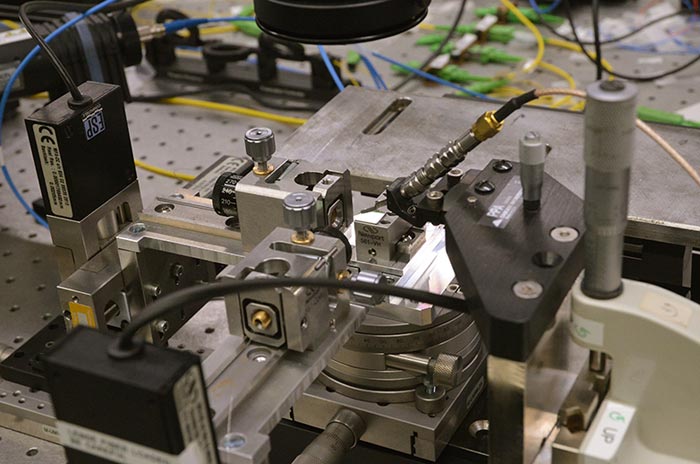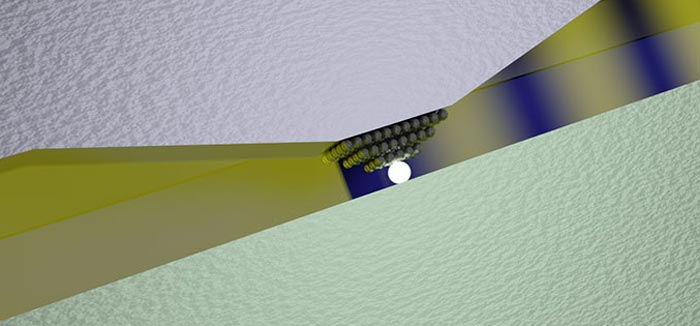Global data transfer amounts break records every year. This year we are expected to surpass a zettabyte of internet traffic (approx a billion terabytes), with an annual data transfer growth rate of between 23 and 57 per cent being touted by experts. Thus to keep the capacity crunch at bay we need increasingly efficient, faster, better network components and upgrades to be brought online. Increasingly researchers are looking at optical network technologies to take the strain. Now researchers at ETH Zurich in Switzerland have developed the world's smallest integrated optical switch which has helped make a more efficient and compact optical signal modulator.

Already the Swiss team have made great steps to reduce the size, and increase the efficiency, of modulators. These play an essential role in converting the signals carried through optical components like cabling and photonic processors to traditional wire-based components and circuits. Modulators used in data centres are currently typically a few centimetres in size and "take up a great deal of space when used in large numbers".
Six months ago the ETH Zurich team presented a micromodulator measuring just 10 micrometres across – or 10,000 times smaller than modulators in commercial use. Now they have reduced the footprint of their modulator by a factor of 1,000 by using a single atom switch as a key part of the modulator construction.

The atom sized switch uses a single silver atom which opens and closes the circuit. When a voltage is applied to pads, between which the single atom sits, the circuit is closed. When a voltage is lowered past a certain threshold the silver atom retracts and opens the circuit. Currently it is possible to switch (open and close) this circuit millions of times per second. A truly digital signal is produced as light either passes through the bottleneck or it doesn't. "This allows us to create a digital switch, as with a transistor. We have been looking for a solution like this for a long time," said Jürg Leuthold, Professor of Photonics and Communications at ETH.
As yet the modulator isn't ready for production and use in industry. Although it works at room temperature and offers such incredible miniaturisation its megahertz speed rating is just too slow. The researchers are promising to tune this optical switch to achieve frequencies in the gigahertz to terahertz range. It is thought that improved lithography will help the researchers achieve their goal and they are also adding further scientists to the team, looking to present a practicable solution "within the next few years".













